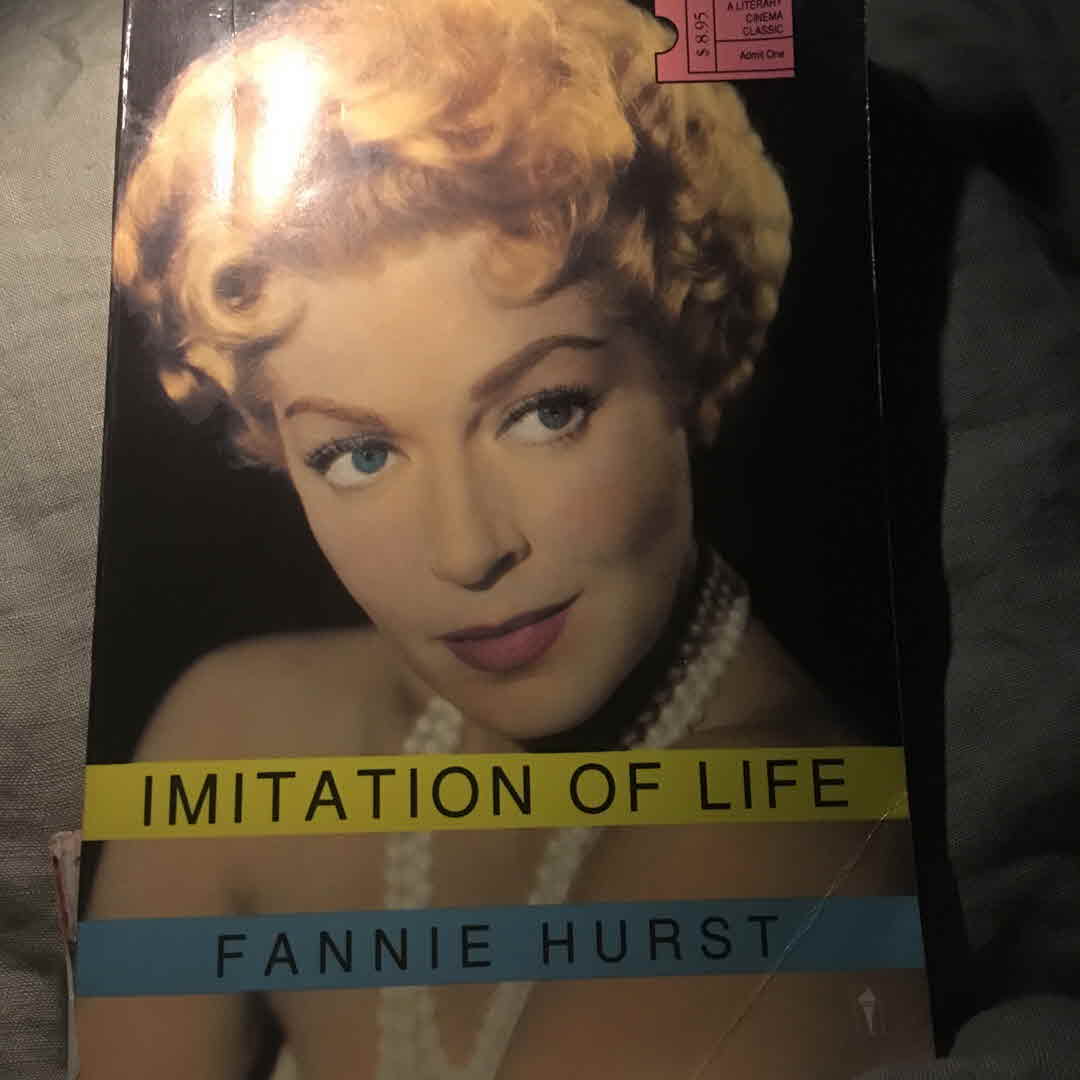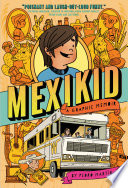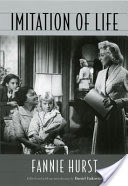
A mother becomes a successful businesswoman and later struggles with work-life balance. Bea and Delilah (her black maid who becomes essential to her business and life) raise their children together. All of Delilah‘s lines are in dialect so exaggerated as to be almost unreadable. A secondary plot addresses Delilah‘s daughter‘s struggle with her identity and passing. Must be read with the time and context of when it was written in front of mind.
48 likes


















